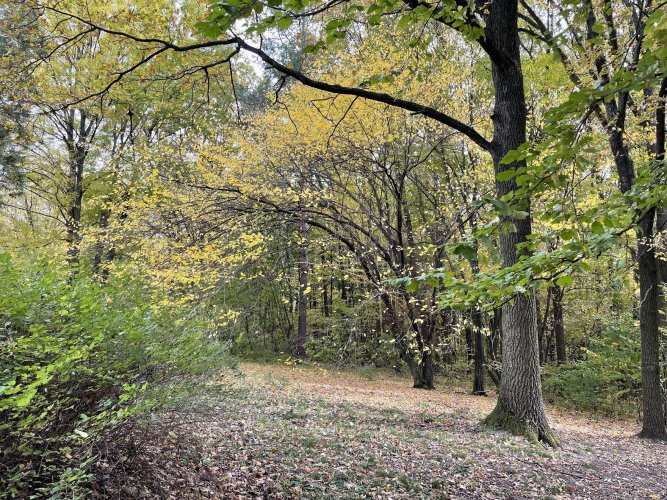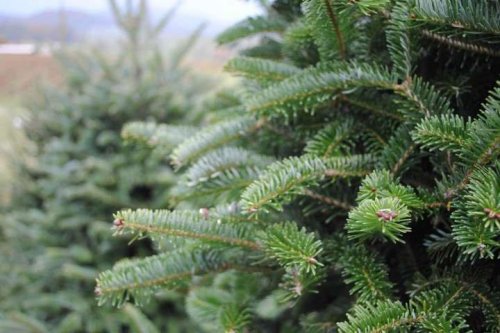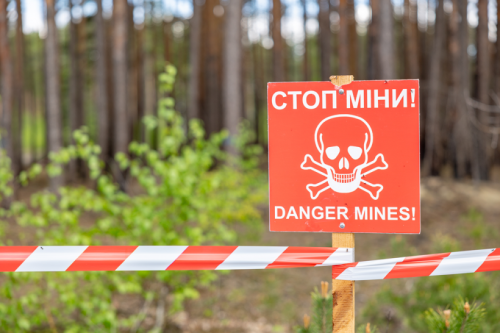Eco-activists from the "Ukrainian Nature Protection Group" accused the forest industry of disinformation about the negative impact of old forests on biodiversity and climate change.
They believe that, taking advantage of the war, the Ukrainian authorities are increasing the volume of forest cutting, primarily old, by one and a half times, reports UPG on Facebook.
"The issue of old forests has been studied for decades in Western countries. The research results contradict the theses of Ukrainian foresters. Therefore, we explain how Ukrainian forest officials manipulate by talking about "persistent" (that is, old) forests," the article says.
Ecoactivists explained that foresters call the forest ripe or overripe (overripe) in the economic sense. That is, these are the trees whose wood is worth the most, because over time it begins to deteriorate, which reduces its value. However, biological (natural) maturity is the maximum age to which a tree can live. Example:
- common pine reaches biological maturity at 400 years, and woodland at 81;
- the oak tree is 600 years old, and the forest tree is 101 years old.
"Trees can live much longer than foresters give them," the authors emphasized.
They also emphasized that old forests are very resistant to pests and diseases.
The article noted that stagnant artificial forests (primarily monocultures) can be sensitive to diseases, pests and even dry out massively.
After all, they are created from trees of the same age of the same species and often grow in unnatural conditions.
"Therefore, they are weakened and less resistant to diseases or pests. All this is a consequence of outdated ideas that were used by foresters a hundred years ago (and continue to be used now)," the ecoactivists explained.
However, they noted that natural stagnant forests are most often resistant to the entire spectrum of negative factors. They are diverse at the species and genetic levels. If some old trees die, young ones quickly take up the vacant places, even if all the trees of a particular species die.
The article emphasized that the sustainability of forests is influenced by their size and what they border. Even a natural old-growth forest surrounded by an artificial monoculture will be less sustainable due to the edge effect. If the natural area is small or fragmented, this effect can lead to its loss.
In addition, natural old-growth forests are critical to preventing climate change and can better adapt to new conditions.
Eco-activists said there is a perception that old forests absorb as much carbon dioxide as they release. More often than not, this is not true. Permanent forests actually absorb relatively less carbon dioxide than young man-made forests in which trees grow rapidly. However, they store carbon absorbed from the atmosphere in the forest floor and soil.
"Old forests hold significantly more carbon than young artificial forests. Its largest volumes are stored in natural, undisturbed forests. Any felling in natural forests - both continuous and selective – inevitably leads to the release of carbon stored in the forest soil into the atmosphere. Therefore, any talk about the fact that it is beneficial for the climate to cut down old forests is absurd," the authors emphasized.
They also criticized claims that old-growth forests are losing biodiversity.
"It would be interesting to see at least one study showing that biodiversity is declining in old forests. Numerous scientific publications and common sense help to reach the opposite conclusions. Large-scale felling, which reduces the area of old forests, is one of the main reasons for the degradation of forest biodiversity," they wrote.
Ecoactivists explained that ancient forests are a leading factor in preserving biodiversity. After all, hundreds of species of animals, plants, fungi and lichens are found in them, which are not found in young plantings. Because so many birds and mammals need old hollow trees, the animals dig holes in the hollows left by fallen trees.
"Many living organisms cannot exist without a sufficient amount of dead wood. Bark and cavities in old trees serve as a home for many animals. Also, old trees form mycorrhizae with fungi well. Therefore, many types of mushrooms are found only in old forests, they emphasized. – It is not surprising that most of these species are rare and endangered, they are protected by the Red Books of many countries."
The message also added that, as research shows, the positive impact on biodiversity begins to appear in spruce forests at the age of 80-90 years. At that time, the age of spruce maturity, according to foresters, is defined as 51-60 years in exploitation forests and 61-70 in other forests.
Earlier, EcoPolitic wrote, that eco-activist and military officer Andriy Plyga criticized the statement of the Minister of Environment Protection and Natural Resources of Ukraine Ruslan Strilets regarding the futility and negative impact of dead wood on the health of the forest. He accused Strelits and his team of incompetence.
As EcoPolitic previously reported, the head of the State Forestry Agency Yuriy Bolokhovets said that the Ukrainian forests will not be mindlessly axed, after all, there is an available wood resource for the normal passage of the heating season.





